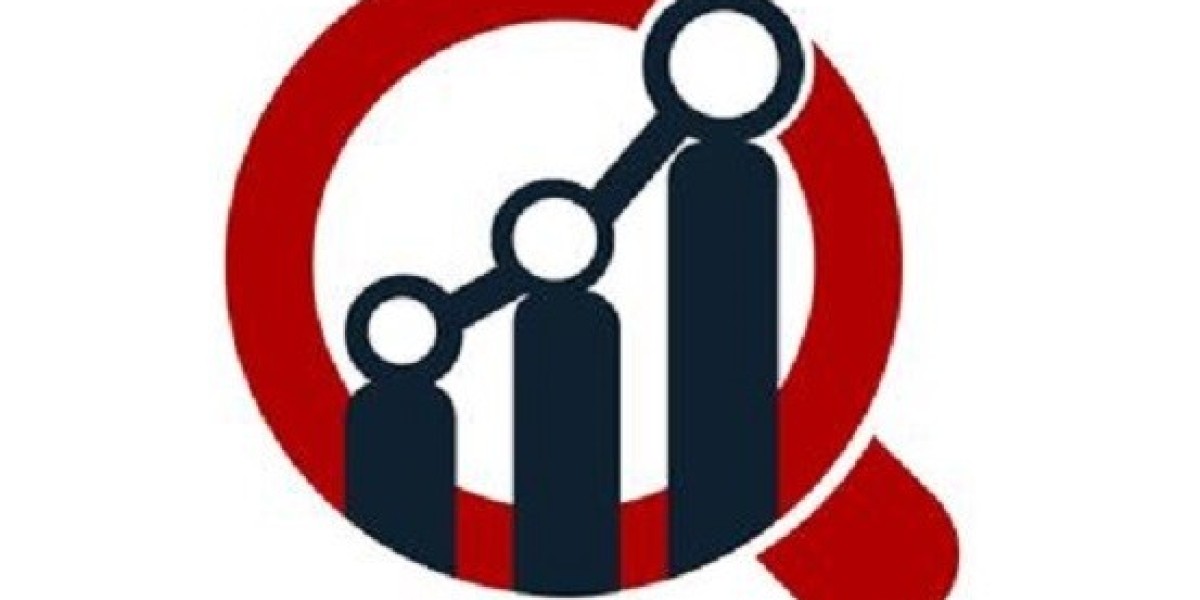The global retail pharmacy market is a significant and evolving sector within the healthcare industry, serving as a primary point of access for medications, health and wellness products, and increasingly, various healthcare services.
Market Size and Growth:
The global retail pharmacy market demonstrated a substantial valuation in 2024, with estimates ranging from approximately USD 1.29 Trillion to USD 2.4 Trillion. This variation is due to different market segmentations and reporting methodologies.
Projections indicate continued growth with a Compound Annual Growth Rate (CAGR) estimated between 4.05% and 10.10% over the forecast period (primarily 2025-2030/2034). This growth is expected to propel the market to a value between USD 1.92 Trillion and USD 4.1 Trillion by 2030/2035.
Key Market Drivers:
- Rising Prevalence of Chronic Diseases: The increasing global incidence of chronic conditions like diabetes, cardiovascular diseases, cancer, and respiratory illnesses necessitates long-term medication management, driving the demand for prescription drugs and pharmacy services.
- Aging Global Population: As the population ages, the prevalence of age-related ailments and the subsequent need for medications and healthcare support increase significantly.
- Increasing Healthcare Expenditure: Growing healthcare spending worldwide, driven by economic development and greater health awareness, allows consumers to invest more in medications and healthcare products available at retail pharmacies.
- Growing Demand for Convenience and Accessibility: Retail pharmacies offer convenient access to medications and health-related products, often with extended hours and widespread locations, catering to busy lifestyles.
- Expansion of Over-the-Counter (OTC) Products: The increasing trend of self-medication for minor ailments and the availability of a wider range of OTC products contribute to market growth.
- Technological Advancements and E-commerce Penetration: The rise of online pharmacies and digital platforms provides consumers with greater convenience, wider product selection, and sometimes more competitive pricing, expanding the market reach.
- Government Initiatives and Supportive Policies: Government efforts to improve healthcare access, implement favorable regulations for pharmacies, and promote generic drug usage can positively impact the retail pharmacy market.
- Increasing Health Consciousness and Wellness Trends: A growing focus on preventive healthcare and overall well-being drives demand for vitamins, supplements, health and beauty products available in retail pharmacies.
- Integration of Healthcare Services: Retail pharmacies are increasingly offering services beyond dispensing medications, such as vaccinations, health screenings, medication therapy management, and consultations, making them more integral to primary healthcare.
Key Market Trends:
- Rise of Online Pharmacies (E-pharmacies): The online channel is experiencing rapid growth, offering convenience, competitive pricing, and home delivery. This trend necessitates brick-and-mortar pharmacies to adopt omnichannel strategies.
- Focus on Patient-Centric Care: Pharmacies are increasingly emphasizing personalized services, medication counseling, and adherence programs to improve patient outcomes and build customer loyalty.
- Integration of Technology: Adoption of AI-powered inventory management, automated dispensing systems, electronic health records (EHRs), and mobile health applications is enhancing efficiency and patient care.
- Expansion of Value-Added Services: Pharmacies are diversifying their offerings to include wellness screenings, vaccinations, medication therapy management, and partnerships with healthcare providers.
- Growing Importance of Specialty Pharmacies: With the increasing development of complex biologic drugs, specialty pharmacies catering to patients with chronic and rare conditions are gaining prominence.
- Emphasis on Sustainability: Pharmacies are increasingly adopting eco-friendly packaging and sustainable practices to appeal to environmentally conscious consumers.
- Increased Focus on OTC and Wellness Products: Retail pharmacies are expanding their OTC and wellness sections to cater to the growing self-care trend.
- Growth of Private Label Brands: Pharmacies are expanding their private label offerings to improve margins and offer more affordable options to consumers.
Market Segmentation:
The retail pharmacy market can be segmented based on:
- Product Type: Prescription Drugs, Over-the-Counter (OTC) Products, Health and Wellness Products, Medical Devices and Equipment, Personal Care Products, and Other Products.
- Distribution Channel: Chain Pharmacies, Independent Pharmacies, Online Pharmacies, Hospital Pharmacies, and Others.
- Type of Pharmacy: Retail Pharmacy, E-pharmacy, Hospital Pharmacy, Other Pharmacies.
- Availability: Prescription Products, Over-the-Counter Products.
- Target Customer: Chronic Disease Patients, Acute Care Patients, Geriatric Patients, Pediatric Patients, Wellness-Oriented Consumers.
- Region: North America, Europe, Asia Pacific, Latin America, Middle East & Africa.
Key Players:
The retail pharmacy market is characterized by a mix of large international chains and independent pharmacies. Some of the key players include:
- CVS Health Corporation
- Walgreens Boots Alliance, Inc.
- Walmart
- Kroger
- Rite Aid Corporation
- Albertsons Companies
- Ahold Delhaize
- Amazon (with Amazon Pharmacy and PillPack)
- Independent pharmacy stores and regional chains.
Challenges:
- Intense Competition: The market is highly competitive, with numerous players vying for market share, including online retailers.
- Regulatory and Compliance Issues: Pharmacies must adhere to strict regulations regarding dispensing medications and handling patient data.
- Drug Pricing Pressures: Government regulations and competitive pressures can impact the profitability of prescription drugs.
- Managing Inventory and Supply Chain: Ensuring efficient inventory management and avoiding stockouts or expired medications is crucial.
- Evolving Consumer Expectations: Meeting the demands of increasingly tech-savvy consumers who expect seamless online and offline experiences is essential.
- Reimbursement Policies: Changes in insurance coverage and reimbursement models can affect pharmacy revenues.
Regional Insights:
- North America is currently the largest market due to a well-established healthcare system and the presence of major pharmacy chains.
- Asia Pacific is expected to be the fastest-growing region, driven by increasing healthcare access, rising disposable incomes, and a growing prevalence of chronic diseases in countries like China and India.
Conclusion:
The retail pharmacy market is a vital component of the global healthcare ecosystem. It is undergoing significant transformation driven by technological advancements, evolving consumer behavior, and increasing healthcare needs. To thrive in this dynamic environment, retail pharmacies must adapt to digital trends, expand their service offerings, and focus on delivering patient-centric care while navigating regulatory challenges and competitive pressures.







